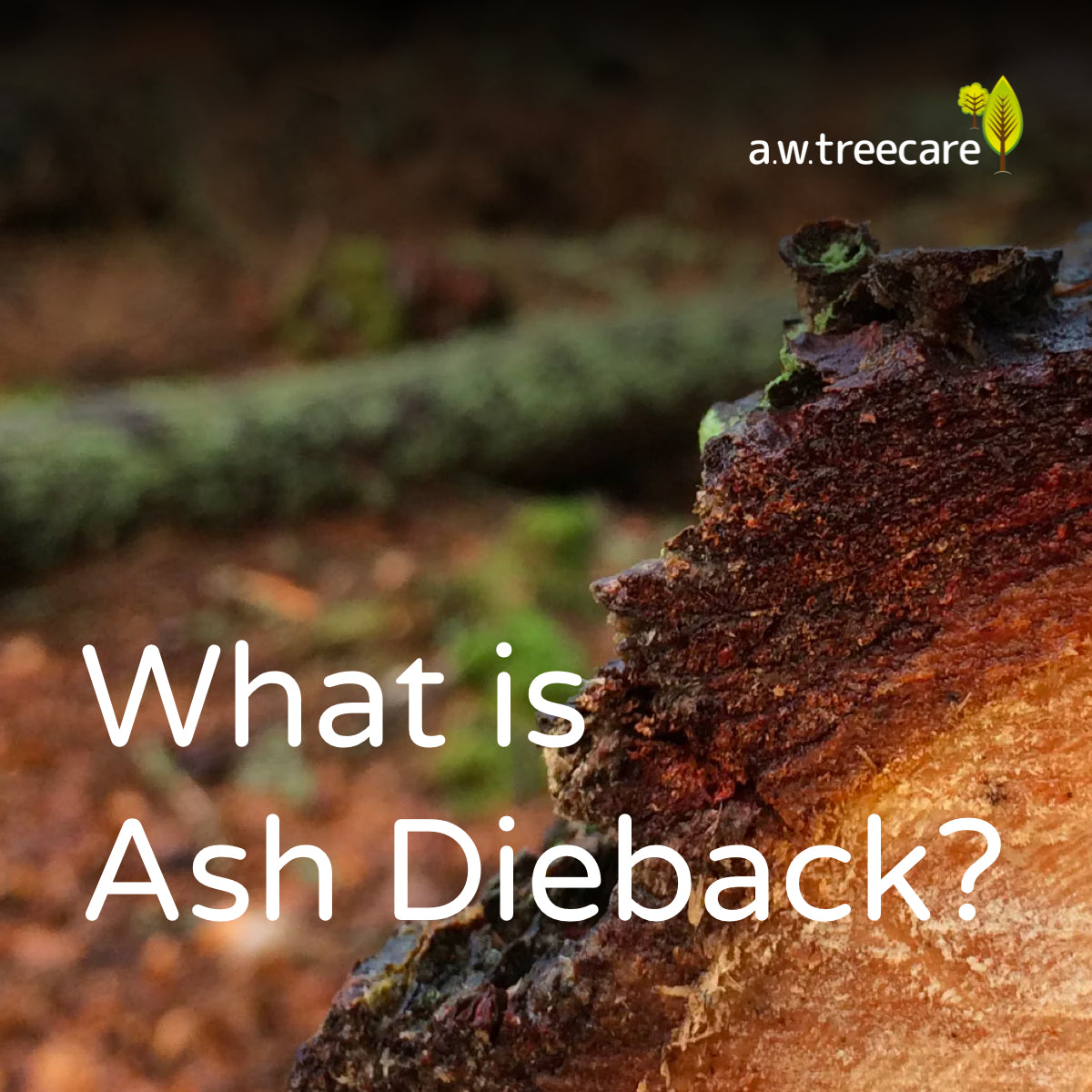Ash dieback, caused by the destructive fungus Hymenoscyphus fraxineus, has emerged as a major concern in North East England.
This devastating disease poses a significant threat to the region's cherished ash tree population, impacting both the environment and local communities. In this article, we delve into the implications of ash dieback and explore the concerted efforts being made to mitigate its effects in order to maintain the ecological balance and preserve the natural beauty of the region.
Understanding Ash Dieback:
Ash dieback, also known as Chalara, originated in Asia and has progressively spread across Europe, affecting ash trees (Fraxinus spp.). The disease manifests in various ways, including leaf loss, crown dieback, and bark lesions. In severe cases, it can lead to tree death, causing ecological disruptions and significant economic losses.
The Impact on North East England:
North East England boasts a rich tapestry of woodlands and landscapes, many of which are home to thriving ash tree populations. The region's diverse ecosystems rely on the presence of ash trees for their unique biodiversity, serving as habitats for various wildlife species. Ash dieback jeopardises this delicate balance, threatening the loss of cherished landscapes and the ecological niches they support.
Efforts to Combat Ash Dieback:
Recognizing the urgency of the situation, local authorities, environmental organizations, and concerned citizens have united to combat the spread of ash dieback in North East England. Here are some notable initiatives underway:
Tree Survey and Monitoring: Extensive surveys are being conducted to assess the extent of ash dieback across the region. This data helps prioritise management strategies and target resources effectively.
Education and Awareness: Raising public awareness about ash dieback is crucial. Local organisations are actively engaging communities, providing information on disease identification, reporting mechanisms, and best practices for preventing further spread.
Promoting Resilient Landscapes: In response to ash dieback, efforts are being made to enhance the resilience of affected woodlands and ecosystems. This involves diversifying tree species, encouraging natural regeneration, and implementing appropriate management practices.
Research and Development: Collaborative research initiatives are being pursued to understand the disease's dynamics and explore potential resistant strains of ash trees. Such research helps inform long-term management strategies and foster the development of resistant tree varieties.
Ash dieback presents a significant challenge to North East England's natural landscape. However, through proactive measures, collaboration, and community involvement, the region is working towards minimising the impact and preserving its ecological heritage. By promoting awareness, supporting research, and implementing effective management practices, North East England is striving to safeguard its ash trees, maintain biodiversity, and ensure the continued beauty of its woodlands for future generations.
As we move forward, it is crucial to stay vigilant, and actively contribute to the preservation efforts. By uniting our efforts, we can protect North East England's natural environment and mitigate the far-reaching effects of ash dieback.


